Originally, I was going to highlight one of the species endemic to the islands of the Lesser Antilles in the Caribbean; but once I typed in “Lesser Antillean”, six species popped up. Just as almost all my decisions are made, I asked myself “why not” – and here we are. This is not about every endemic found in the region but only those carrying the regional designation.
I first considered speaking about the Lesser Antillean Tanager – quite a beauty of a tanager that’s found only on Grenada and St. Vincent. The presence of this tanager in the Caribbean is a rare aspect of South American flair, as its closest relative is the similarly plumaged Scrub Tanager of northern South America. Interestingly, this species has been split into two distinct subspecies, one for each of the islands on which it is found. The differences between the two subspecies are particularly obvious, and it is not a stretch of the imagination that they may be two distinct species in the not-too-distant future.
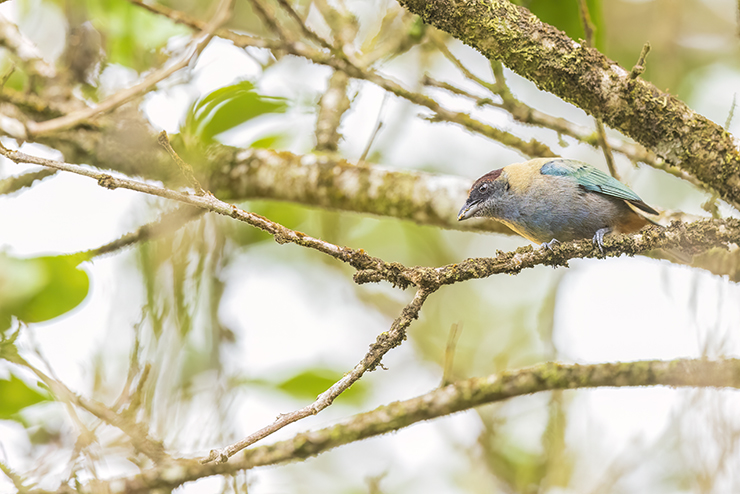
Lesser Antillean Tanager – Grenada
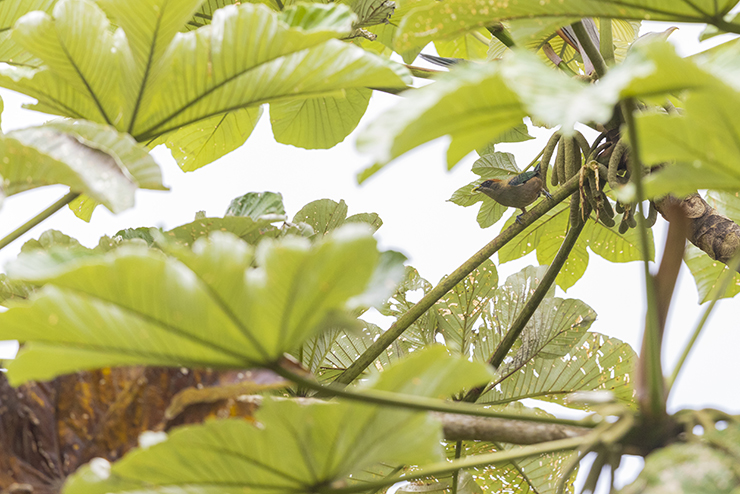
Lesser Antillean Tanager – St. Vincent
Another species exhibiting considerable visible variation is the Lesser Antillean Pewee. Truth be told, this isn’t a genuine Lesser Antillean endemic as it is also found on Puerto Rico – however that subspecies is sometimes considered separately from any other Lesser Antillean Pewee. This is a very typical pewee, with a conical head and very photographically friendly habits. For starters, they don’t fly away from the moment they’re noticed by a human observer and more importantly, they sit very still for pictures.
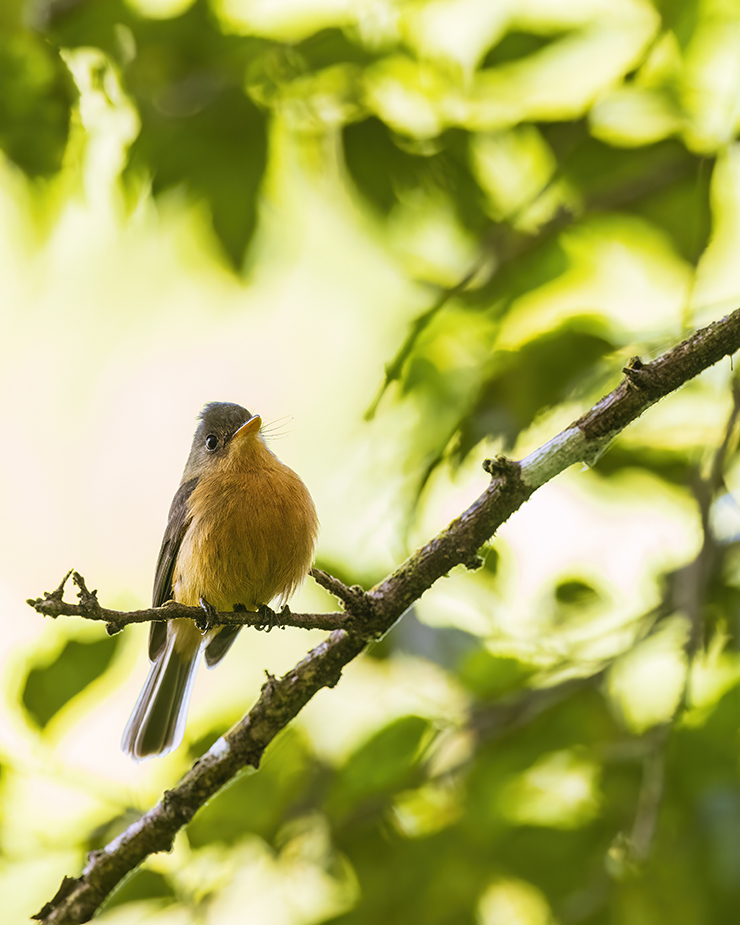
The Lesser Antillean Pewee on St. Lucia is sometimes called the St. Lucia Pewee – arguably the most striking subspecies with rich cinnamon underparts.
The closely related Lesser Antillean Flycatcher bears visual, geographical, and behavioural similarities. A significant difference being that the flycatcher on Puerto Rico has already been granted species status, and is now the Puerto Rican Flycatcher. Found from St. Lucia in the south to Barbuda in the north, the Lesser Antillean Flycatcher is a typical Myiarchus in all senses.
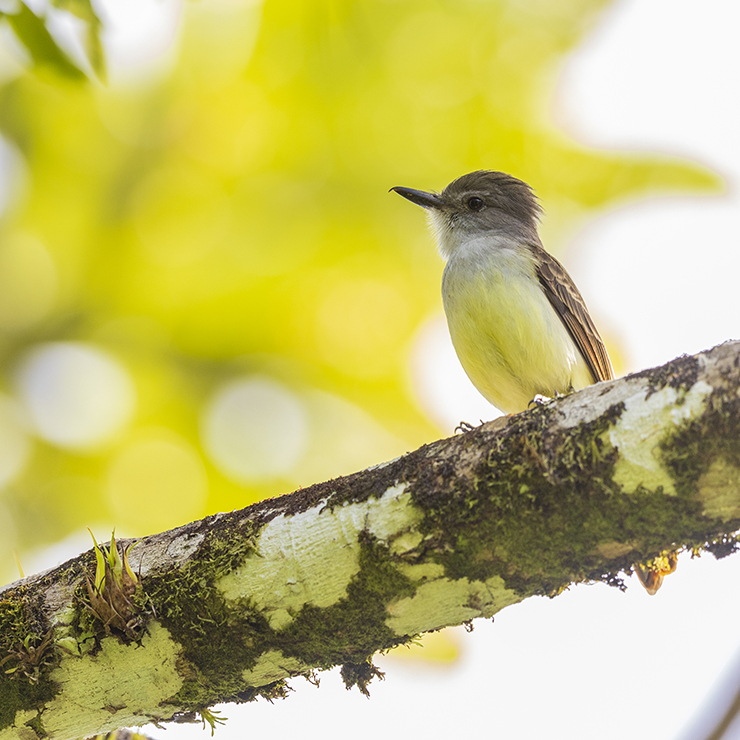
Lesser Antillean Flycatcher
Found across the Lesser Antilles is the relatively poorly known Lesser Antillean Swift. As most swifts are, they are difficult to study. On my last trip to the region, we saw them on several islands, often associating with Short-tailed Swifts and Caribbean Martins in great flocks pursuing insects.
Very few reasonably good photographs of Lesser Antillean Swift exist; my adventure partner and author of the Birds of the Lesser Antilles did hurl some abuse my way when he saw the back of my camera after working a small flock of these tiny speedsters in Martinique. A photo for the second edition, perhaps?
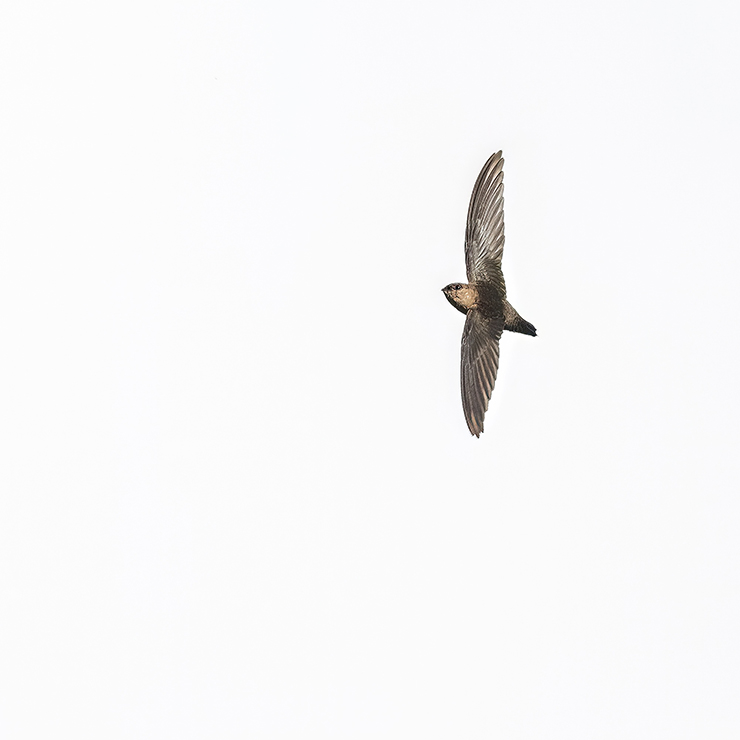
Lesser Antillean Swift
Throughout my birding journey in Trinidad and Tobago I have been eyeing the illustration of Streaked Saltator in the field guide. Found only on the dry islands off Trinidad’s northwest corner, I only scraped together a single miserable attempt to find it – and had not a single view. So getting a good look at the closely related Lesser Antillean Saltator on both Dominica and St. Lucia was refreshing to say the least. Until not so long ago, the Lesser Antillean Saltator was considered conspecific with the Streaked Saltator.
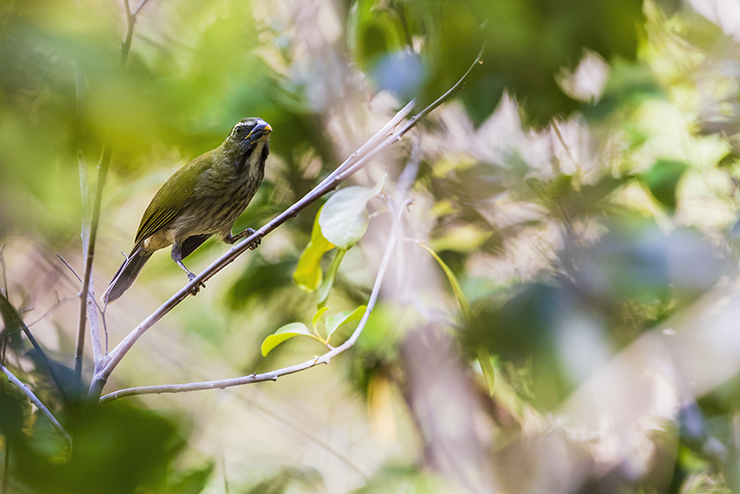
Lesser Antillean Saltator
Throughout the Lesser Antilles, the song of the endearing Lesser Antillean Bullfinch is a constant companion. Even though it is fairly ubiquitous on almost every island, they are beautiful, enjoyable little birds. The subspecies found on Barbados was recently split from this species, the resulting Barbados Bullfinch raising eyebrows for firstly being monomorphic in accordance with the female plumage and secondly becoming the island’s only endemic bird!
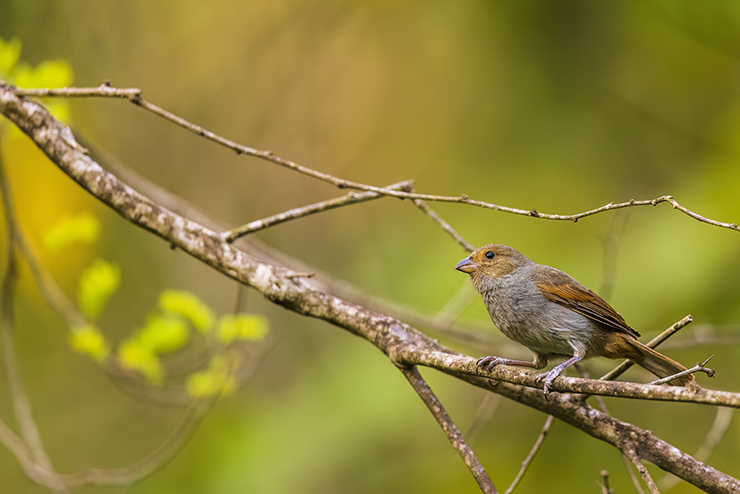
Female Lesser Antillean Bullfinches are still a little more vivid than their duller Bajan counterparts.
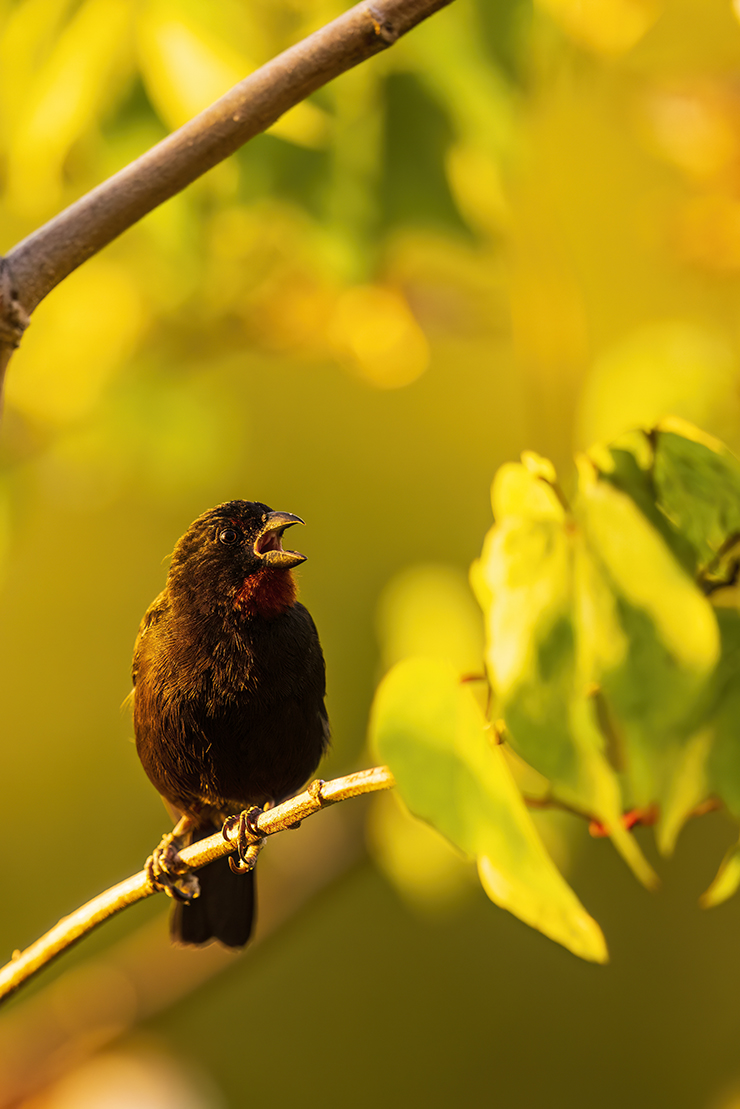
The male Lesser Antillean Bullfinch is particularly handsome.
As birds go, species status continues to be fluid with the acquisition of knowledge and some of these may be further split or lumped in the future. For now, however, they are true Caribbean creatures flourishing in a tropical paradise.
Source link


